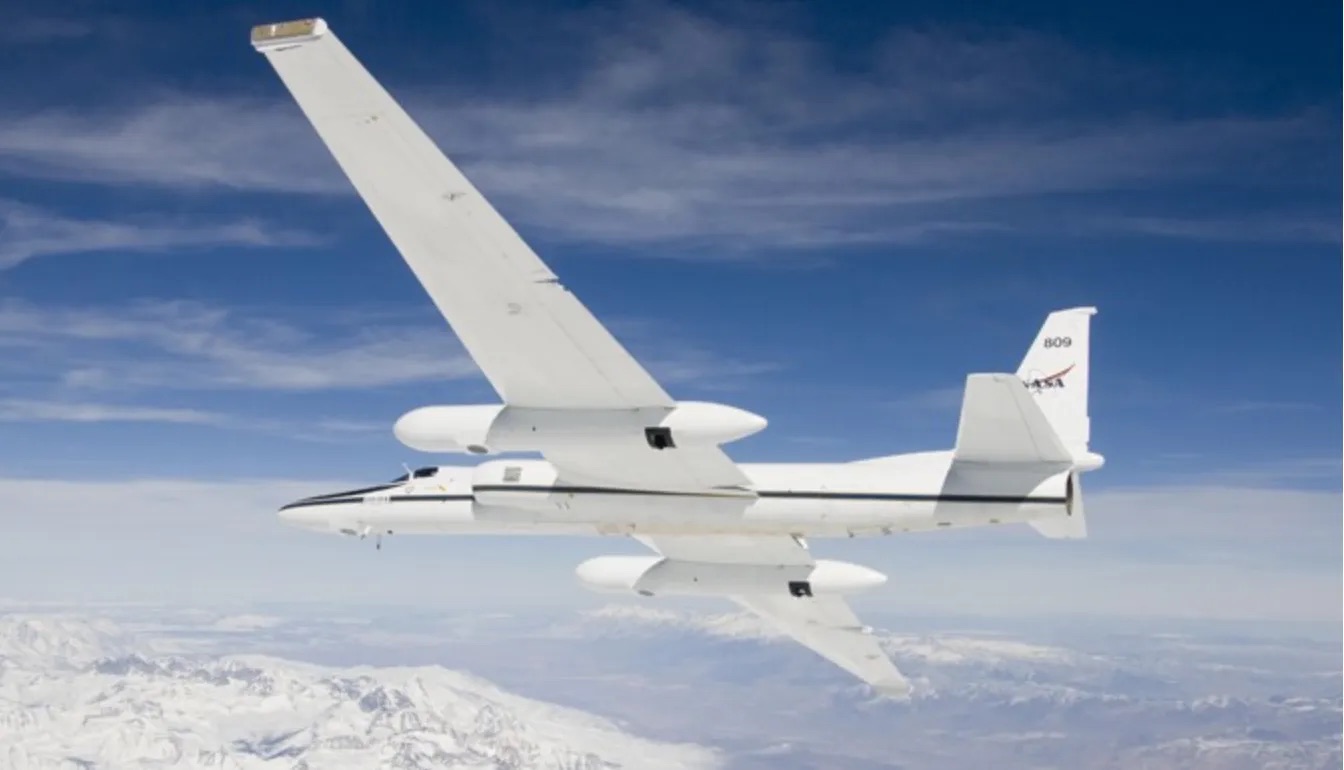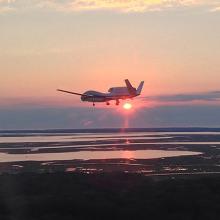NASA operates a wide array of airborne platforms and sensors within the Airborne Science Program that collect critical data used by Earth science researchers to answer important science questions about, and to improve life on, our home planet. The variety of aircraft, instruments, and data becomes a challenge when researchers experience difficulty in locating and accessing the specific airborne data relevant to their research objectives. This is why IMPACT’s Airborne Data Management Group (ADMG) was created.
The goals of IMPACT’s ADMG are broad in scope:
- To increase discovery of and access to airborne and field investigation data and information;
- To improve communication and processes for data producers, archivers (e.g. NASA Distributed Active Archive Centers, or DAACs), and the broad communities of science users; and
- To recommend better data management practices across NASA’s Earth Observing System Data and Information System (EOSDIS).
- The second and third goals will be expanded upon in future blog posts. This post focuses on the work the team is doing to promote data discovery and improve data access.
The ADMG team’s inventory work is one of the most valuable pieces of the ADMG puzzle. They are assessing existing metadata and gathering additional metadata elements such as contextual info on flights, instruments, and associated data products, for already archived airborne and field investigations. This curated metadata is included in a newly developed inventory: the Catalog of Archived Suborbital Earth Science Investigations (CASEI).
This has required a significant amount of collaboration at many levels as Camille Woods, an interim member of ADMG’s admin team, explains:
"An interesting aspect of our project are the numerous opportunities for cross-collaboration with groups within IMPACT, such as the Analysis and Review of the Common Metadata Repository (ARC) team and groups outside of IMPACT, such as ESDIS and DevSeed. It’s always nice to be able to bounce ideas between groups and to work collectively to deliver what users expressed a desire to have: better and quicker access to airborne and field investigation data."
ADMG’s CASEI metadata curation efforts revolve around locating, validating, and recording valuable information on airborne and field investigations. Tracking when and where the campaign occurred, recording the platforms, sensors, and key personnel involved, and even notating the more active time periods in the data, results in a level of curation detail that will mean researchers spend less time locating this information on their own, and allows for easier discovery and cross-investigation comparisons. Slated for release in FY2021, the public-facing CASEI user interface will enable the location of airborne and field investigation datasets in a fraction of the time users currently experience. CASEI users will be directly pointed to the campaign, platform and instrument metadata associated with airborne and field investigations and will have direct access to campaign data products via data product DOIs in the metadata.
Ashlyn Shirey, a graduate student at the University of Alabama in Huntsville and member of ADMG’s curation team, explains why this is important:
"Through the curation of the campaigns/instruments metadata, I have seen how difficult it has been to find much of the information about the campaigns/instruments, so having all this info in one spot for users to access easily is very important. That’s why I enjoy the curation process because it is helping build something that will be beneficial to many users."
The CASEI user interface, once publicly available, will meet the needs of a variety of users. Airborne enthusiasts can use it to locate valuable information ranging from the types of instrument payloads their favorite aircraft carry in a campaign to the unique flight patterns flown to meet targeted science objectives. Chemists and public health researchers can be directed to campaigns involving chemistry and air quality observations. Marine biologists and those in the biogeochemistry field can locate campaigns aimed at furthering our understanding of the dynamic interactions between the ocean, land and atmosphere. Furthermore, individuals that tend to associate NASA only with space exploration can get a glimpse of the complex work the agency does here on Earth. The variety of airborne and field campaigns in ADMG’s CASEI inventory supports scientists investigating various weather phenomena, climate change, carbon cycles, atmospheric chemistry, and numerous other Earth processes such as biogeochemical processes and ecological vulnerability studies.
Deborah Smith, the ADMG lead, sums up the benefits to the user community:
"Finally the airborne and field campaign scientists feel they have support they need and a resource to go to for help in locating information and data — hopefully they will find it is easier to do their important research."
More information on the ADMG project can be found at NASA Earthdata.
More information about IMPACT can be found at NASA Earthdata and the IMPACT project website.





